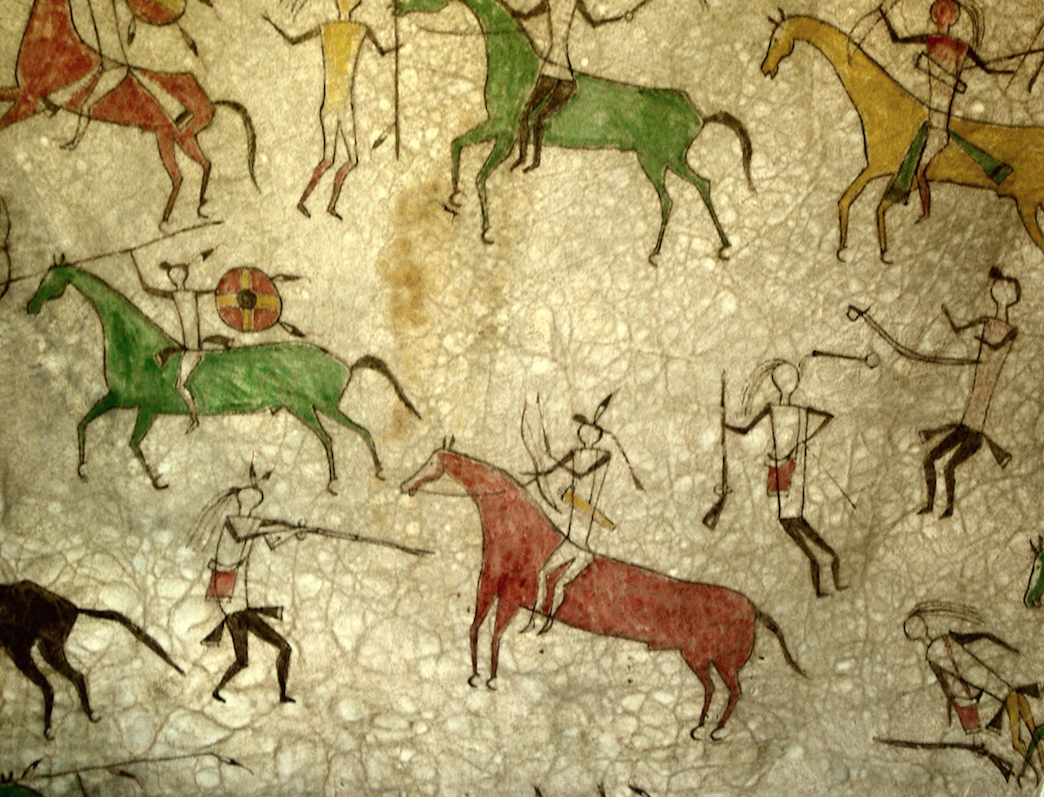
History in the Making
Some Interesting Facts and a Statue of Classic Author, Charles Dickens
Did you know Charles Dickens’ full name was Charles John Huffam Dickens? I didn’t, and Dickens is one of…
December 20, 2022
Did you know Charles Dickens’ full name was Charles John Huffam Dickens? I didn’t, and Dickens is one of…
December 20, 2022
Allison Pittman, writing as A. K. Pitman, has a brand new book out, and it’s a YA P &…
February 27, 2021
As a writer, a teacher, and a SCBWI regional advisor, Kiri Jorgensen has observed an evolution in children’s publishing…
November 16, 2020
It’s not every author that has a movie made in their honor. But when the author makes global impact,…
July 7, 2019
What is it about a story that makes it compelling? Is it the characters? Is it the plot? Is…
August 17, 2015